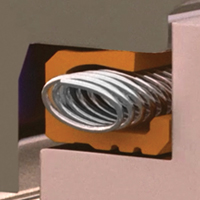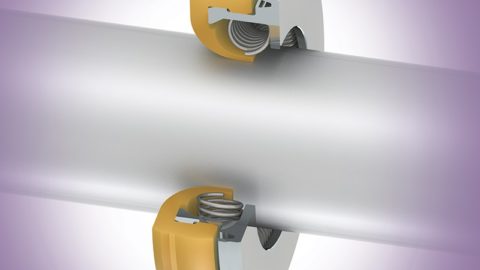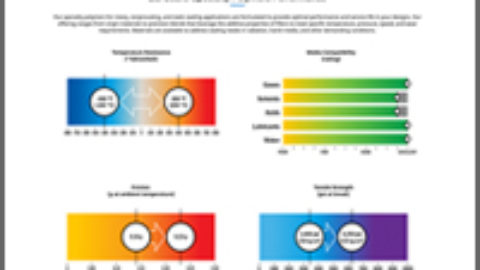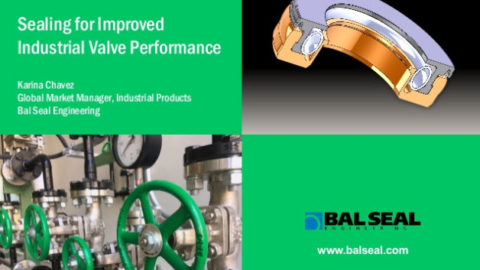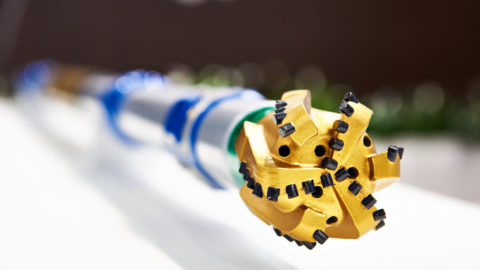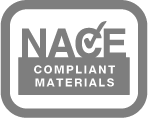Design engineers have long employed gimbals, pods, and pan-tilt systems as a means to protect payloads. But gimbal design requirements are being driven by advances in technology, requiring increased precision and pointing stability.
The Gimbal Seal Dilemma
Gimbals rely on good sealing design and engineering to ensure that they are able to point accurately. This precision accuracy reduces jitter and has a direct impact on performance as well as image quality. While gimbal seals help protect this sensitive equipment in harsh environments, they have the potential to reduce precision by adding friction to the system. Therefore, minimizing friction in the gimbal seal design should be a priority in order to allow free range of motion for increased accuracy.
Fighting Friction in Gimbal Seals
Both static and dynamic friction impact the system. Typically, static (also referred as stiction or breakout) friction is higher than dynamic friction. Every time a gimbal changes direction, it experiences a jump in friction caused by static friction, making precise adjustments more challenging. Thus, effective gimbal seals must not only have low dynamic friction, they must also keep static friction jumps to a minimum as well.
PTFE Seals Perform
Gimbal seal performance can be optimized to reduce friction by considering seal characteristics such as profile, material, and energizer. Polymer-filled PTFE (whose static coefficient of friction is close to its dynamic coefficient of friction) is preferred because it offers low friction, low stick-slip, tolerance to wide temperature variation, and environmental and chemical resistance. However, because the material is susceptible to cold flow, a spring energizer is recommended to ensure proper sealing.
Springs for a Low-Friction, Low-Stiction Gimbal Seal
A canted coil spring provides a relatively constant spring force that, when paired with a flexible seal lip, helps in addressing large gland height tolerances and wear issues. With a canted coil spring, spring forces can be controlled precisely, often within 10 percent of the nominal working deflection over a wide range. For gimbal seals, a “U-cup” seal profile is preferred because it can better handle wide temperature variations and large diameters with smaller cross sections. This design also helps minimize the effect of dimensional changes in gimbal seals caused by temperature.
The Right Gimbal Seal Recipe
To design or select an efficient gimbal seal, the key is to combine materials to achieve high lubricity with a geometry that dramatically reduces the amount of torque necessary to move the gimbal without compromising sealing effectiveness. This short presentation explains the relationship between a gimbal seal and gimbal performance. It also offers tips on how to leverage jacket materials, geometries, and energizer forces to reduce stiction while meeting IPX, MIL-STD, SWaP, and other strict requirements.
